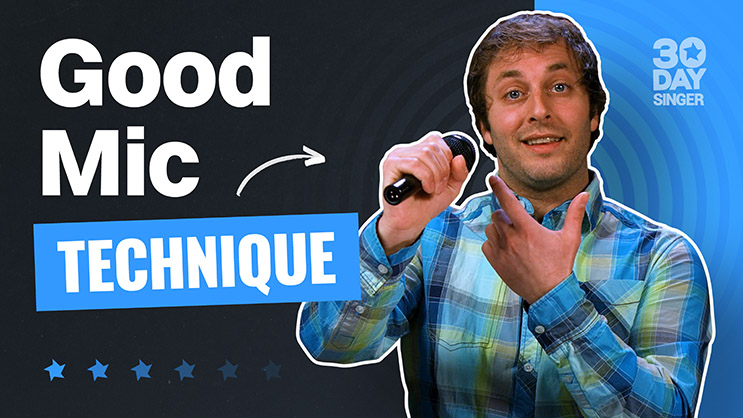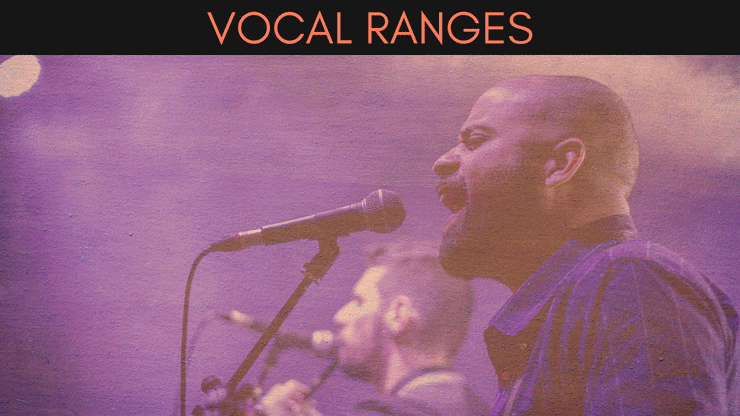30 Day Singer Blog - archives - page 9
Good Mic Technique for Singers

Hi I’m Abram with 30 Day Singer and this lesson is all about proper mic technique for beginning singers.
At some point as a singer you will probably sing with a microphone either on a stand or held in your hand. This is usually a dynamic microphone that has a cone like this then it is a dynamic microphone. Condenser mics pick up a larger area and so there is generally less technique required for this.
Sing Like A Pro

Stop sounding like a beginner and start sounding like a pro. One of the biggest differences between a pro and a beginning singer is the use of resonance and vowel modification. When we know how to adjust the shape of our vowels we are able to get a bright and ringing sound from our voice. It's what a lot of people attribute to a trained singer compared to a beginner.
How to Find Your Voice

Here is an exercise flow to help you find your singing voice. I’ll quickly describe the exercise, demonstrate, and then repeat for you to try it out as well. If you are a lower voiced singer try matching my pitch. If you are a higher voiced singer try matching my voice an octave higher. You might be doing this naturally. The most important thing is to find a natural and comfortable part of your range to start with.
Daily Singing Exercise Routine for Beginners

Add these three easy exercises from 30 Day Singer instructor Abram Poliakoff to your daily routine and you will be on the road to more consistent, great singing. Utilize these three exercises in your daily singing practice routine.
How to Sing: Step 1

Singing requires the ability to change breath pressure, proper vibration from our vocal cords, and resonance from the pharynx. These three forces together allow us to sing different musical pitches and words, creating a unique musical instrument for expression.
Baritone Vocal Range

A Baritone has a middle-pitched voice that falls between a higher-pitched Tenor and a lower-pitched Bass voice. This is the most common voice type for a male singer. Baritone comes from the Italian word Baritono, which is derived from the Greek Barytonos which means heavy-toned.
How To Find Your Vocal Range

In this article, you’ll learn what the common vocal ranges are, how to find your range, and why it matters! You may have a wide range that covers more than one of the “standard” ranges.
Daily Singing Exercises for Beginners

Hey, I’m Camille with 30 day singer, and here are 3 daily exercises for great singing. These exercises in particular are great for register blending and helping you find more ease in your voice.
Pitch Matching for Beginning Singers

Matching pitch is when we can hear a reference pitch and accurately recreate it. When two voices or instruments are producing the same pitch simultaneously, we say they’re in unison with one another.
Higher Male Vocal Register

I’m Abram from 30 Day Singer and here are some exercises to help you sing higher with less effort. I’m going to go over 3 essential components that will help you make considerable progress expanding your higher range.

